Aerophobia: Fear of Flying and How I Manage It
It all started after a rough flight from NYC into Boston. I was visiting my long-distance boyfriend, the stormy weather was atrocious, and I’m pretty sure we fell out of the sky for a few seconds. My aerophobia, or fear of flying, is something millions of people in the United States (and worldwide!) experience every day, and is a phobia I never thought I would ever develop.
But here we are about five years later, and I still find myself getting nervous before, during, and after any flight, whether it’s 45 minutes or six and a half hours long. I grew up traveling the world, and when my family and I lived in Ireland from 2002-2004, we spent a lot of weekends and school breaks flying around Europe, visiting as many countries as we could. Air travel was a big part of my childhood, and I remember actually looking forward to long flights—not only did they take me to incredible places I’d never been, but they also were the best opportunity to catch up on reading my books (yes, this was a very exciting thing for little Daley, an aspiring writer).
Aerophobia: Fear of Flying and How I Manage It
After I endured two very rough flights in the same year about five years ago, my experience on an airplane hasn’t been the same since. Unfortunately, there are a lot of things that people experience during a flight that makes it unpleasant for even the most frequent flyers, but there are many ways to cope with this phobia, too. Below, I’ve outlined everything you need to know about aerophobia, from what exactly it is, what can cause it, what the symptoms are, and most importantly, how I deal with it.
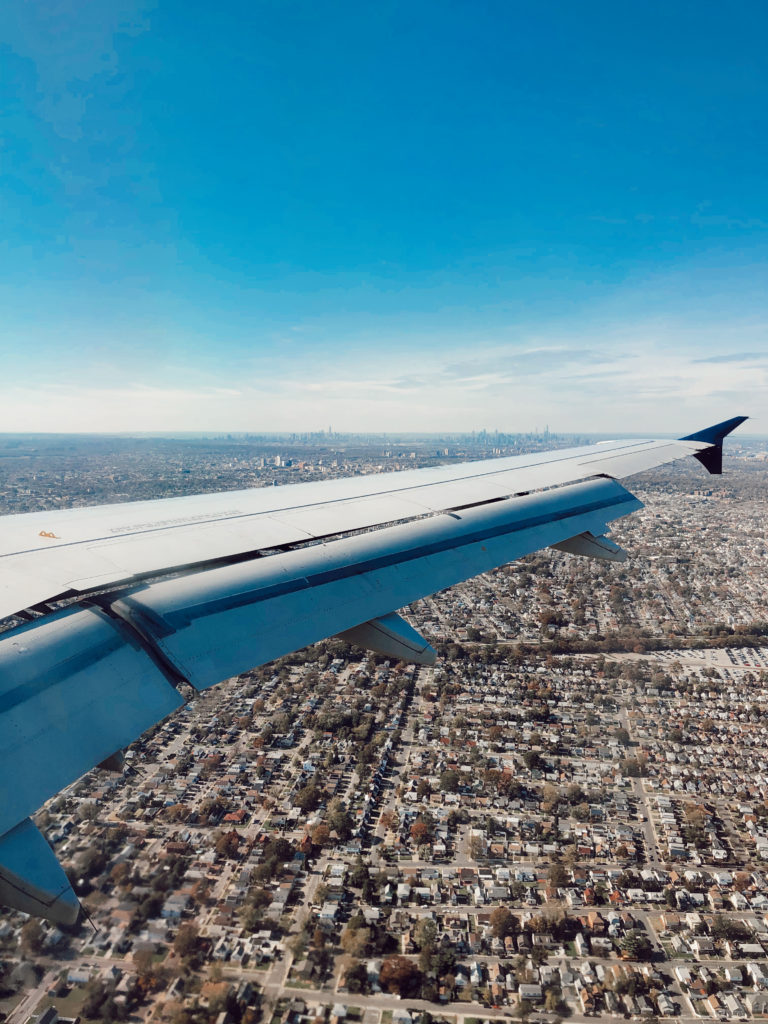
What is Aerophobia
In simple terms, aerophobia is an extreme fear of flying. Some people refuse to travel by plane due to this fear, they avoid flying, or would only fly via virtual reality, while you might find others holding onto their seat armrests for dear life during even mild turbulence (raises hand). Aerophobia is different from being a little nervous before or during a flight—aerophobia can impact your life in multiple ways, such as preventing you from traveling to see loved ones or causing intense anxiety and full-blown panic attacks.
Developing aerophobia can be anxiety-inducing and have many causes (see below), and people with aerophobia may be afraid of different aspects of flying, like take-off, landing, terrorism, plane crashes, motion sickness, getting locked inside the plane, and more. You might fear flying because you feel like you have no control over the journey or your safety, contributing to your fears and anxieties. For me personally, I am terrified that the plane is going to drop out of the sky and crash, and after riding out two flights where we experienced rough turbulence, I find that I am constantly bracing myself for very rough turbulence during every flight, even if the captain tells us, passengers, it’ll be smooth flying for the entirety of the trip.
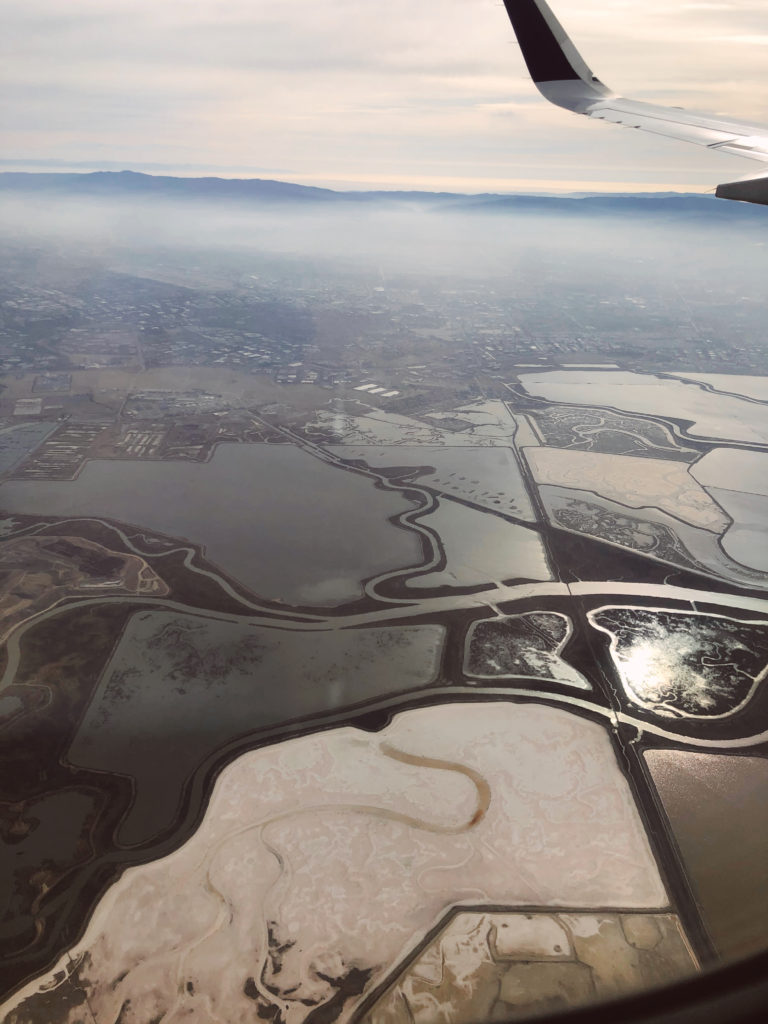
What Causes Aerophobia
There are so many things that can cause someone to develop aerophobia:
- A scary flight from the past that has traumatized them
- Stories on the news about plane crashes, terrorism, or violence that may have happened on a flight
- Fear of a fire in the airplane
- Fear of an illness spreading in the plane (hello, COVID) or even fear of vomiting
- Take-off and landing, typically when an airplane will experience turbulence, if at all
- Turbulence (mild or severe)
Other Phobias
Sometimes, other specific phobias can prevent a person from flying, and can make aerophobia that much worse. These include:
- Agoraphobia, or fear of leaving the house, not being able to get help if something goes wrong, or fear of being trapped with no escape
- Acrophobia, or fear of heights
- Claustrophobia, or fear of crowded and confined places
- Anthropophobia, or fear of people or social anxiety
- Mysophobia, or fear of germs
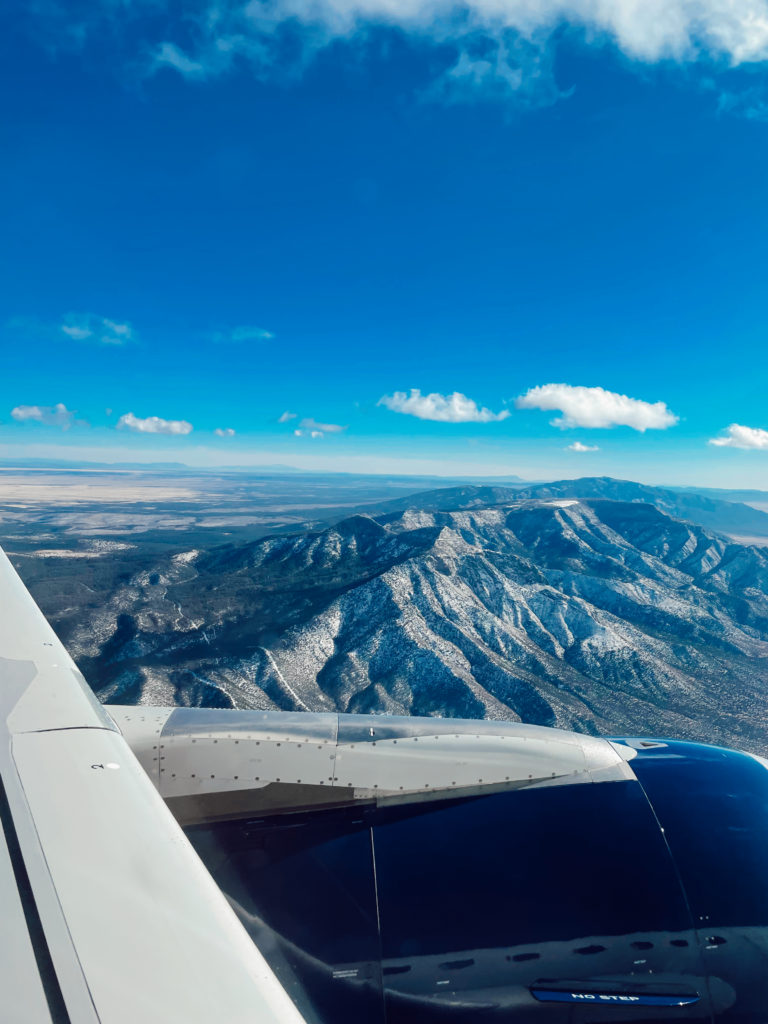
Aerophobia Symptoms
Symptoms for those with aerophobia can vary from mild to extreme, and sometimes in severe cases, they may experience full-blown panic attacks. These symptoms include:
- Excessive sweating
- Nausea
- Increased heart rate
- Disorientation, dizziness, or lightheadedness
- Shaking or trembling
- Shortness of breath
- Chills
- Upset stomach
- Irritability
- Heart palpitations
- Vomiting
- Inability to think clearly
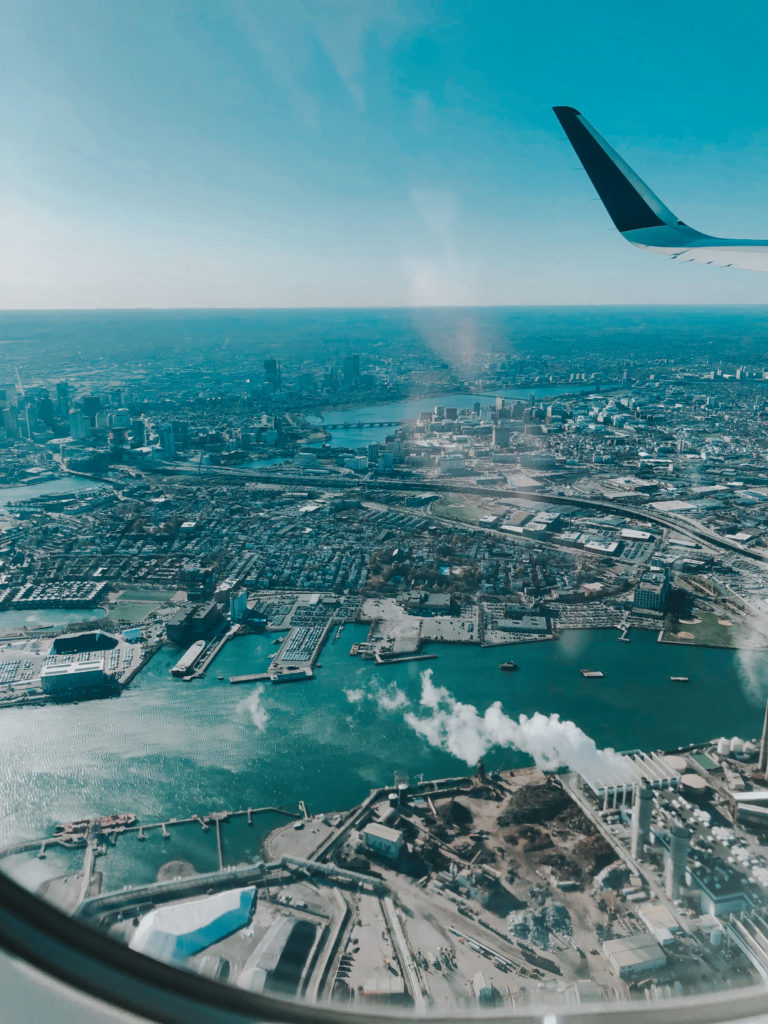
How To Deal With Aerophobia
Take anti-anxiety medications
After trying many things to help alleviate my anxiety disorder that I felt before, during, and after a flight (drinking through the flight really never worked for me), I decided to ask my primary care doctor for a prescription for Alprazolam (also known as Xanax). I think the first time I flew on a plane after taking this medication, I cried with relief.
I am prescribed only 0.25mg and take it if there’s a lot of turbulence and I feel the anxiety and panic creeping in. When I first got this medication prescribed to me, I would take the Xanax on every flight that was longer than two hours (I would try to just push myself through a turbulent flight if it was under two hours). Nowadays, I really only take it if I need it.
If you’ve tried everything else and you feel like nothing is working, consider asking your primary care doctor for a medical advice diagnosis and prescription for Xanax for your flight anxiety. My doctor gave me a low dose and only about 10-15 pills (until I get it refilled).
Try these CBD/THC gummies
Before I discovered the magic that is Xanax, I sometimes would take one of the Five Full Spectrum CBD + THC Gummies. These gummies contain 500mg of CBD and 100mg of THC, and will give you a slightly high buzz while flying. While I noticed that these didn’t completely eliminate my flying phobia, they definitely helped calm me a bit during flights and manage anxiety.
Read “Soar: The Breakthrough Treatment For Fear Of Flying”
“Soar: The Breakthrough Treatment For Fear Of Flying” was written by a longtime pilot and licensed therapist, Captain Tom Bunn. This book does a great job of not only giving the reader tips on how to stay calm during a flight, but also thoroughly explains the mechanics of flying. He writes about how planes work and talks about the different stages of flight and which noises are what during take-off, cruising, and landing. Knowing this information helped ease my anxious brain a bit. Plus, there are a bunch of reviews from folks saying this book helped them overcome their fear of flying.
Talk to a therapist
Therapy is beneficial for so many things, and some folks have found relief from their flying phobia by speaking with a mental health professional. There are multiple treatment options that could help with a flying phobia, like cognitive behavioral therapy (CBT), exposure therapy, or Eye Movement Desensitization and Reprocessing (EMDR) therapy, which can help you heal from a previous stressful situation that might still be haunting you today (like how my fear of flying developed after two scary flights I was on).
Use music
If you are sensitive to all the sounds that occur while traveling (some of those loud noises can be a bit scary!), consider investing in a great pair of noise-canceling headphones. These will help block out any sounds that might stir up any negative thoughts and calm those feelings of anxiousness.
Something else I like to do, mostly when we’re landing the plane in a turbulent spot, is to blast a really high-energy song in my headphones and try to bop around in my seat to the music. It helps me feel fearless and puts the focus more on the song than the rough bumps.
Don’t lean back in your seat during turbulence
Another strange thing I sometimes like to do during turbulent times is to lean forward in my chair and kind of sway around in my seat. I’m sure I look like an absolute nutcase every time I do this, but I find that if I’m moving around a bit in my chair, I don’t notice how much the turbulence is actually moving me, if that makes sense. It’s almost like I am taking control over how much my body is moving in the chair, and not letting the turbulence control me.
Sit at the window seat
Unfortunately, I have a big fear of being in the middle or aisle seat, and not being able to see out the window during a flight. My flying phobia has developed from feeling a lack of control, and I like to see what’s happening outside the window when we are in flight. It feels important for me to see if we’re going through clouds (that’s usually when the turbulence is the worst), or if we are about to cruise through clouds…mostly, I just needa see all the clouds and prepare myself!
To recap, the most beneficial thing for me was anti-anxiety medications, and also reading the book by Captain Bunn about how flying actually works. Please let me know in the comments below if you’ve tried any of these methods and if they’ve helped you overcome a fear of flying!


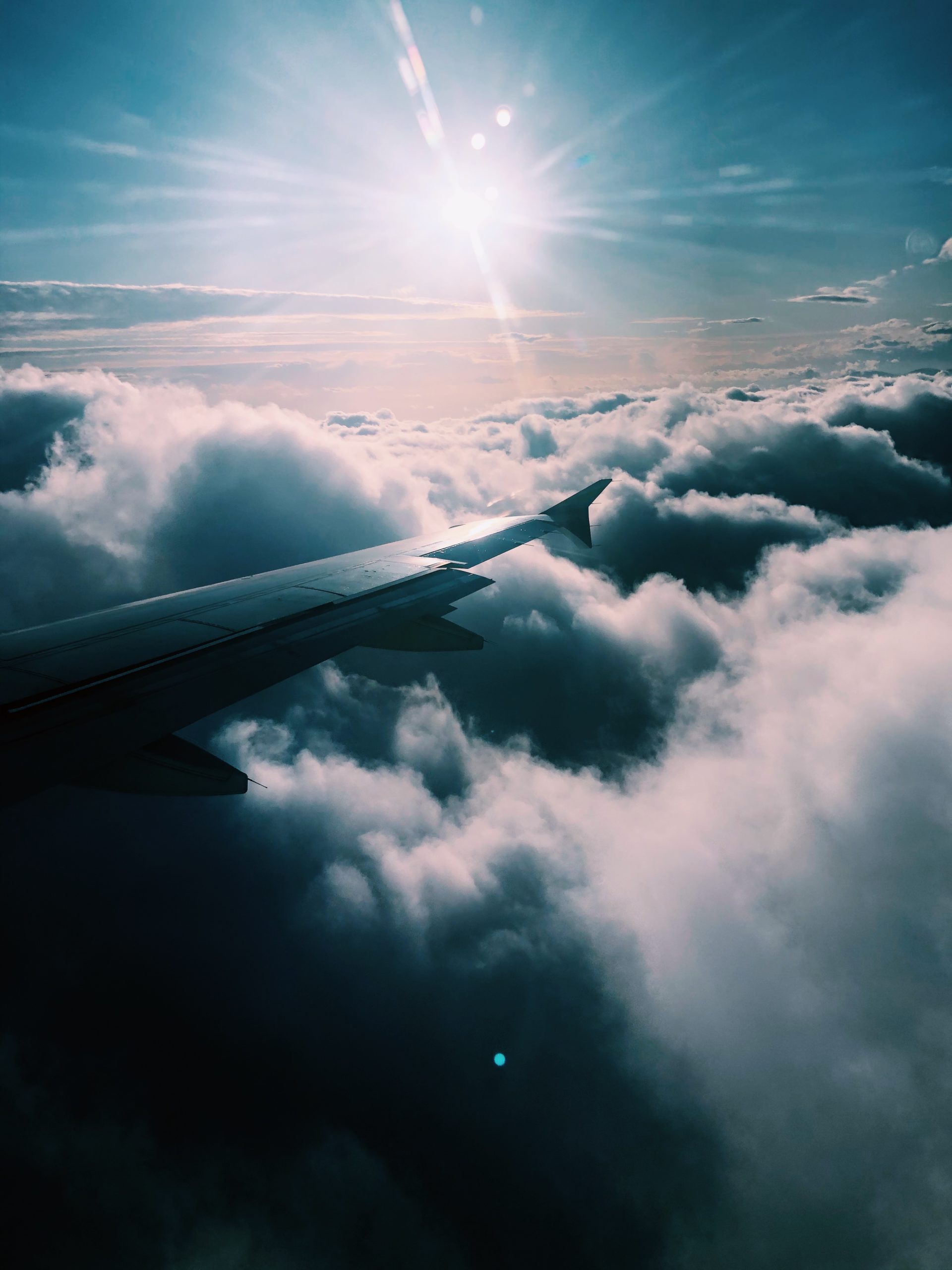
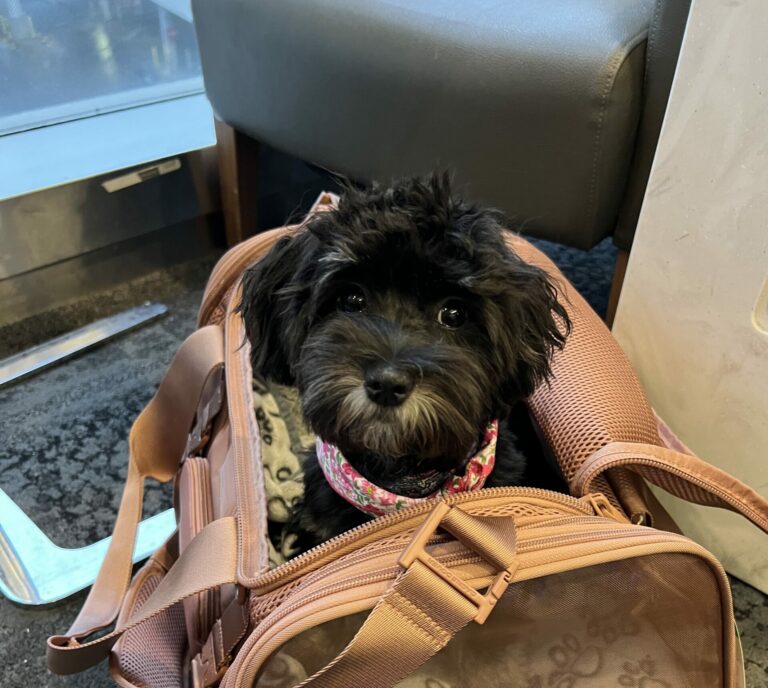





Thanks for these tips. I just booked a trip to Maui and I am always nervous about the flight. I live in Colorado and the landing in Denver is always turbulent and bumpy. I am considering getting a prescription for Xanax to help me through it!
So glad you found the tips helpful! I would definitely recommend speaking with your primary care physician to see if they can prescribe you some Xanax. It has truly changed my flying experience for the better!